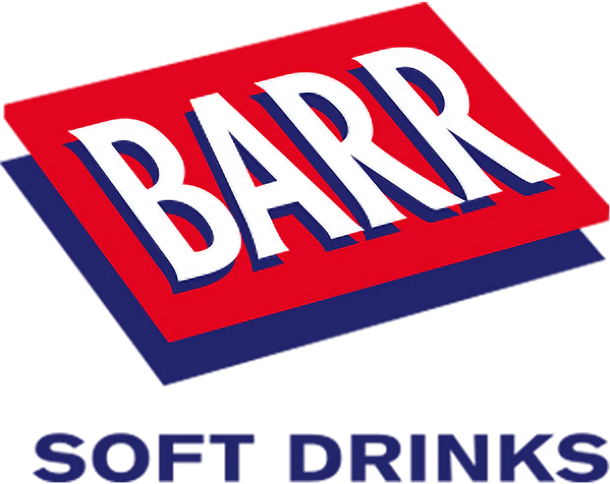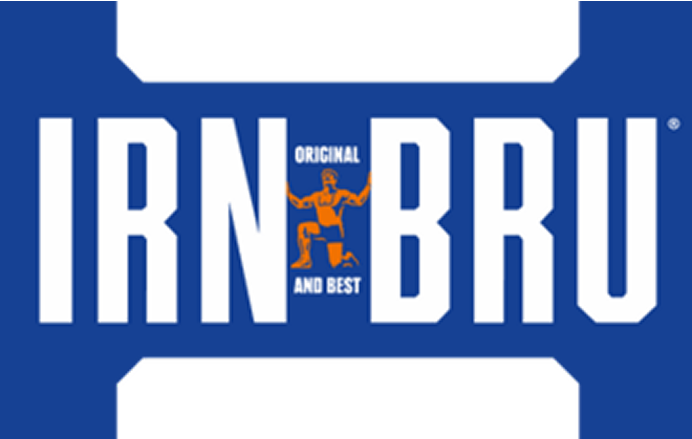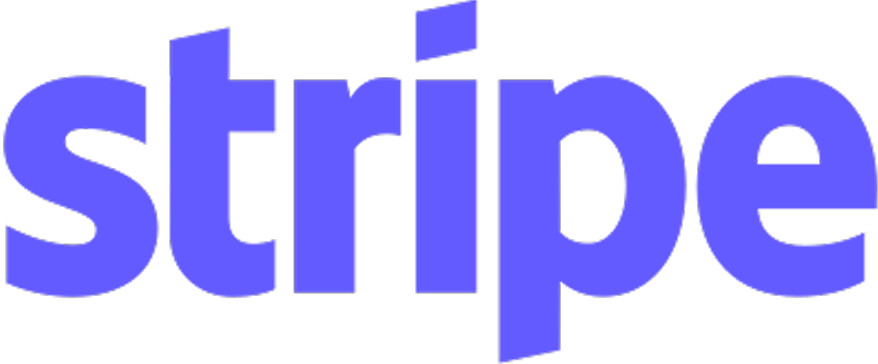How to Recovery from LinkedIn Content Mistakes?
Discover effective tactics for refining thought leadership content on LinkedIn and learn how Media Engine can transform your online strategy.

It’s easy to feel discouraged when your LinkedIn posts don’t land the way you hoped. Maybe the likes are lower than usual, the comments aren’t coming, or worse, no one seems to notice at all. But making mistakes with content isn’t the end of the road. In fact, it’s a normal part of putting your voice out there and shaping your presence on the platform.
Everyone gets things wrong sometimes, especially when trying to share original thoughts. Algorithms shift, reader interests change, or maybe you just posted at the wrong time. The key thing is what you do next. A misstep gives you the chance to reassess, make smarter choices, and build stronger thought leadership content with clarity and impact. You’re not starting over. You’re starting again, better.
Identifying Common LinkedIn Content Mistakes
Before you can fix something, you need to understand what’s not working. LinkedIn is full of content, but not all of it connects. Some posts fade fast, not because the ideas were bad, but because of how they were put together or shared.
Here are a few common pitfalls we see often:
- Posting without any clear plan or purpose
- Writing only for yourself instead of your audience
- Sharing content inconsistently or going quiet for long stretches
- Using too much jargon or failing to show your human side
- Forgetting to include a takeaway or point of value
Let’s say you’re a coach who posted about your latest achievement, expecting support or engagement. But the tone was too self-focused or didn’t offer anything useful to your readers. The response? Silence. That gap between what you meant and how it landed made the post easy to scroll past.
Overcoming those mistakes starts with spotting them in the first place. Look over your recent posts. Did they have a reason for being shared? Were you clear about who you were speaking to? Did they invite interaction or feedback? Honest answers will help shape a better way forward.
Making these changes won’t erase past posts, but that’s not the goal. The aim is to build content that people actually want to read and respond to. Posts that help you grow trust and authority slowly and steadily.
Strategies To Recover And Revise Your Content
Once you’ve pinned down what went wrong, it’s time to adjust. A single mistake won’t ruin your online presence, but turning it into a pattern might. Most issues are fixable. Some just need a light edit, others may call for a full rethink.
Start with these steps:
1. Pick one underperforming post that still has a strong idea at its core
2. Re-read it as if you're the target audience, not the author
3. Ask yourself: what’s missing? Clarity, relevance, a hook?
4. Rewrite the introduction to focus on your reader, not yourself
5. Cut parts that feel repetitive or overly technical
6. Add a clear takeaway, question, or point of reflection
7. Try reposting it at a different time or in a different format, like a LinkedIn carousel or short video
Don’t rush to delete the original. Growth comes from seeing your evolution. If a post didn’t perform well, treat it like a draft. Reworking it into something more useful to your audience shows adaptability. It lets others see that you’re willing to improve and listen.
It also helps you uncover what kind of tone and format work for you. Are lists better than long paragraphs? Do your readers prefer learning from your failures or your wins? Testing these things will guide future content and keep your thought leadership efforts steady and responsive.
Enhancing Future Posts With Improved Strategies
Now that you've identified what went wrong and updated older posts, it's time to look forward. Refreshing a few things here and there will only get you so far. Strong thought leadership content comes from having a solid, consistent plan. The kind that helps your audience trust you over time.
Start by creating a realistic rhythm. If you're aiming to be seen regularly, posting once or twice a week is usually enough. What matters is keeping that pace steady, so your audience knows when to expect new insights from you.
When planning out your next round of content, ask yourself:
- What questions have people recently asked you?
- What’s something you've changed your mind about?
- What trends are showing up again and again in your niche?
- Can you offer a personal experience that others might learn from?
Mix your content styles to keep things fresh, including:
- Short, insightful takes on industry shifts
- Helpful tips or step-by-step breakdowns
- Thoughtful reflections based on working with clients
- Stories about when things didn’t go to plan and what you learnt
Keep each post focused. One story, one point, one takeaway. Let it breathe. Let it connect. A good post doesn’t need to be clever or flashy. It just needs to be clear and helpful.
Also, pay attention to the responses. Not just likes or comments, but who shares your post and why. You’ll soon spot patterns. Which topics get people talking? What tone encourages replies? Those insights are more useful than guesswork or chasing trends.
The more thoughtful your approach, the easier idea generation becomes. When you can plan ahead, you avoid falling into a cycle of rushed or random content that doesn’t help you or your audience. Structured consistency will take you further than sharp one-offs.
Building Resilience And Learning From Mistakes
Learning from posts that didn’t perform as hoped takes patience. It’s easy to take it personally when things fall flat, but every experienced creator has been there. Missing the mark isn’t failure unless it stops you from trying again.
Trust is built through repetition. Through showing up, adjusting, and trying slightly better every time.
Rather than react with frustration, respond with curiosity. What did this post teach you? Was it missing a personal angle? Could it have been clearer? Was it shared at the wrong time?
Responding means asking honest questions, learning, and stepping back into it with more intention. Not deleting, not overthinking, just adjusting.
Remember these as you rebuild your confidence:
- Mistakes happen. Everyone makes them
- Consistency will always matter more than one viral hit
- Audiences notice when you’re trying to help, not when you’re trying to impress
- Growth is often invisible and slower than you think
Each post is a small chance for someone new to recognise what you offer and trust you a little more. You rarely know who’s watching quietly. But they are watching.
Keep Improving, That’s What Counts
There’s no perfect post. Just one that’s more thoughtful than the last. Whether you’re 10 posts in or 200, growth comes from practice, reflection, and patience.
If you’ve made mistakes with your LinkedIn content, you’re not behind. You’re learning. What makes the difference is getting back into the process, trying again, questioning your approach, and reshaping your voice through experience.
Mistakes give you clearer direction. They help you see what connects, what doesn’t, and what your audience actually needs from you. The more you post with purpose, the more refined your style becomes. And over time, that clarity leads to more impact, more trust, and more leads.
Refining your approach to LinkedIn content can greatly impact how you're perceived as a leader in your field. If you're keen to transform your strategy and create compelling thought leadership content, consider how a structured plan can make all the difference. With Media Engine, you'll find the expertise to craft posts that truly connect. Discover more about how our LinkedIn ghostwriting services can help enhance your voice and reach.
Refining your approach to LinkedIn content can greatly impact how you're perceived as a leader in your field. If you're keen to transform your strategy and create compelling thought leadership content, consider how a structured plan can make all the difference. With Media Engine, you'll find the expertise to craft posts that truly connect and help you build lasting influence.
Across 200+ LinkedIn profiles, we’ve brought in qualified pipeline from...
































.png)

.png)

%20(1)%20(1).png)
.svg)











